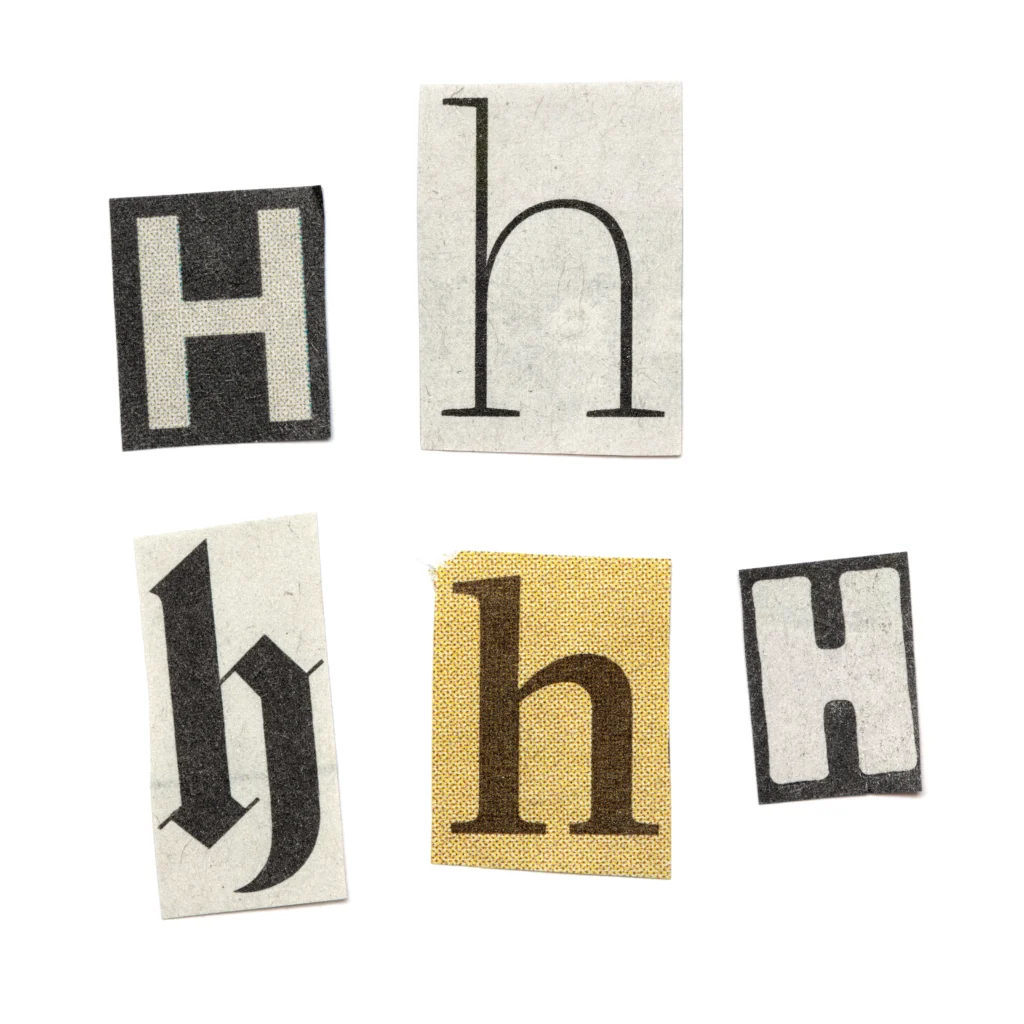
Helvetica, a font designed in 1957 by Max Miedinger and Eduard Hoffmann, is one of the most ubiquitous and widely recognized typefaces in the world. Its clean, modern, and neutral appearance has made it a favorite among designers, corporations, and governments alike. This article explores the reasons behind Helvetica’s enduring popularity, its design characteristics, its usage in various fields, and the impact it has had on the world of typography and graphic design.
The story of Helvetica begins in Switzerland in 1957. Max Miedinger, a Swiss typeface designer, was commissioned by Eduard Hoffmann of the Haas Type Foundry to create a new sans-serif typeface. The goal was to develop a neutral, highly legible font that could be used for a wide range of applications. Originally called “Neue Haas Grotesk,” the font was later renamed Helvetica in 1960, derived from “Helvetia,” the Latin name for Switzerland.
Helvetica quickly gained popularity due to its simple and functional design, embodying the principles of the International Typographic Style, also known as the Swiss Style. This movement emphasized clarity, objectivity, and the use of sans-serif typefaces, which Helvetica exemplified perfectly.
One of the primary reasons Helvetica has stood the test of time is its design. Helvetica’s structure is based on a series of harmonious, carefully balanced shapes, making it both versatile and highly legible. Below are some of the key design features that contribute to its popularity:
Helvetica has long been a favorite among designers due to its flexibility and adaptability. Its neutral character allows it to blend seamlessly into various design styles. Here are a few reasons why designers love Helvetica:
Many major corporations have adopted Helvetica for their branding, including some of the world’s most recognizable companies. Its neutrality and clarity make it ideal for corporate logos, as it does not overshadow the brand’s message. Here are a few examples:
One of the most famous uses of Helvetica is in urban signage, particularly the New York City subway system. In 1989, the Metropolitan Transportation Authority (MTA) adopted Helvetica as the standard typeface for all signage across the subway system. The clean, legible design of Helvetica makes it perfect for signage, ensuring that passengers can quickly and easily navigate the system.
Helvetica’s widespread use in signage highlights its legibility, neutrality, and ability to convey information clearly and efficiently. The same principles apply to its use in airports, hospitals, and other public spaces around the world.
Helvetica has had a profound impact on modern typography, influencing the development of other popular typefaces. Its simplicity and clarity have inspired designers to create new fonts that emulate its style while introducing subtle variations. Some typefaces that have been influenced by Helvetica include:
While Helvetica is widely praised, some designers argue that it is overused, leading to a lack of creativity in certain design contexts. Due to its ubiquity, some feel that it has become a default choice, resulting in designs that lack individuality or originality.
However, others argue that Helvetica’s neutrality and versatility are precisely what make it so effective. Its ability to communicate without imposing a specific style or message allows it to adapt to a variety of uses without becoming distracting.
In the digital age, Helvetica continues to thrive. As screens became the primary medium for reading, designers sought fonts that could maintain clarity on various devices. Helvetica has proven to be a reliable choice for digital interfaces, particularly in web design and mobile apps.
With the release of Helvetica Neue and Helvetica Now, the typeface has been adapted for modern digital environments, ensuring that it remains relevant for today’s designers. These updated versions offer greater flexibility in weight, spacing, and legibility, making Helvetica suitable for a broader range of applications.
Helvetica’s enduring popularity can be attributed to its timeless design, versatility, and ability to convey information clearly and neutrally. From corporate branding to public signage, Helvetica has left an indelible mark on the world of design. Its influence on modern typography is undeniable, and while some may debate whether it is overused, there is no doubt that Helvetica remains a powerful tool in the hands of designers. As technology continues to evolve, Helvetica’s adaptability ensures that it will remain a cornerstone of graphic design for years to come.